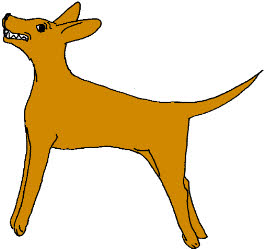Some examples include foxtails speargrass feathergrass and buzzard grass.
Grass awn dog nose.
If a dog has an awn stuck in its nasal cavity sneezing is usually among the first symptoms says dr.
Several kinds of these barbed grasses flourish in south africa posing a significant danger to pets as the awns burrow into the dog s skin or are caught in the eye nose or ears.
Grass awns can be inhaled swallowed and even penetrate the dog s skin.
They may also become embedded in the body.
Grass awns or foxtails are shaped like arrows and they can get attached to the skin of animals or your beloved pet and therefore they can spread among animals in your h.
The problem is that the owner nor the dog can remove all the awns.
However grass awns can also cause much more serious health problems when they enter through the mouth or nose of a dog and migrate through the respiratory or gastrointestinal tract.
When a grass awn is embedded the body responds with inflammation.
If grass awns are not removed in a timely fashion they will lead to the formation of painful abscesses which need regular drainage of fluids.
Grass awns have been known to migrate through the body wall and migrate to the chest and abdominal cavities.
Grass awns are a danger upon contact with your dog.
These seeds or grass awns can become lodged in pet ears between toes and under the skin.
Should you spot the grass awn make sure to remove it as quickly as you can.
On occasion one looks up the nose and nothing is found but in your case where you saw the grass awn go up there it will most likely be found.
What are the symptoms of grass awn infection.
Grass seeds and awns are very stiff plant fibers that usually have a barb on one end.
After a while the problem might result in nasal drainage or infection.
Grass awns are deadly dangerous for your dog.
Grass awns otherwise known as foxtails are created by certain types of grasses that are in the seeding stage.
They can also make their way to your dog s gums ears or several other part of their body.
The most common presentation is a draining tract between the toes.
Grass awns may get caught in a dog s paws nostrils face and ears.
Dogs are especially at risk if they have longer coats with a thick undercoat although any animal can be at risk.
These grass seeds and awns can cause problems by entering into your dog s nose can get caught between their eyes or worse yet their eye lids or they may become stuck in their toes.
What are the symptoms of grass awn infection.
The barb on the end of the seed allows it to get caught in a pet s fur and also to penetrate the skin.
The inside of a dog s nose is very intricate with three scroll like tissues of mucus membranes so lots to look through.
They may even kill your dog.
The problem with grass awns is that they are difficult to be located.

